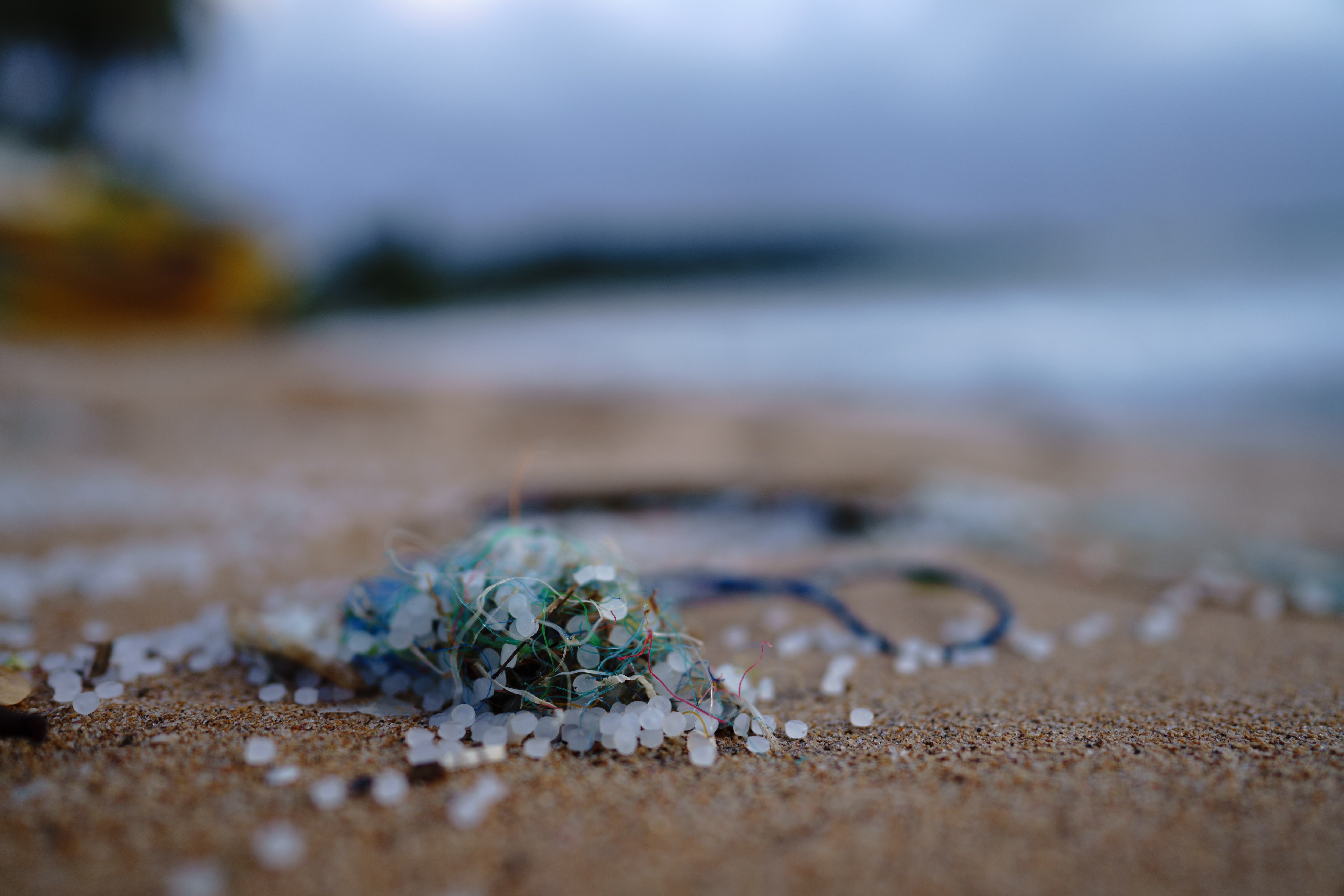To keep our houses spick and span, many of us turn to clean cloths or rags to lend a hand. Whilst these clothes are useful and easy to keep around the home the unfortunate truth is that the majority of cleaning cloths on the market are made from polyester, a synthetic material that has a lesser-known, but significant environmental impact. Polyester cleaning cloths, when used, shed microplastics that pose a threat to our health and the environment.
The Microplastic Menace:
Microplastics are tiny plastic particles, often less than five millimeters in size. They can be divided into two categories: primary microplastics, which are intentionally manufactured at a small size, and secondary microplastics, which result from the degradation of larger plastic items.
Polyester cleaning cloths fall into the category of primary microplastics. These cloths are manufactured from synthetic polymers, which are essentially plastic. When you use them to clean surfaces, tiny fibers break off and become airborne, contributing to the microplastic pollution problem.
The Dangers of Microplastics:
- Environmental Impact: Microplastics released into the environment pose a serious threat to ecosystems. They can be ingested by marine life, making their way up the food chain. This contamination eventually affects humans who consume seafood, amplifying the risks of plastic ingestion.
- Health Concerns: Beyond the environmental implications, microplastics can have direct health consequences for humans. When we breathe in or ingest these particles, they can accumulate in our bodies, potentially leading to inflammation and other health issues.
- Persistent Pollution: Microplastics do not readily biodegrade, which means they persist in the environment for an extended period. This long-term pollution can have far-reaching consequences for both terrestrial and aquatic ecosystems.
A Safer Solution: ZERO Reusable Cleaning Cloths
Fortunately, the ZERO store has launched a PLASTIC-FREE cleaning cloth that is a safe alternative to polyester cleaning cloth. Consider making the switch to ZERO cleaning cloths made from natural fibers;
- Biodegradability: Natural fibers are biodegradable, meaning they break down naturally over time without harming the environment.
- Reduced Microplastic Shedding: Unlike synthetic materials like polyester, natural fibres shed no microplastics during use.
- Sustainability: Natural fibres are a more sustainable material option because they are renewable resources and require fewer chemicals in their production.
- Healthier Cleaning: Using the ZERO cleaning removes the risk of inhaling or ingesting microplastics while cleaning, safeguarding your health.
By opting for natural fibre cleaning cloths, you not only protect the environment and reduce your exposure to microplastics but also support sustainable practices and healthier living.
Cleaning is an essential part of maintaining a healthy home, but it should not come at the cost of our environment and well-being. Polyester cleaning cloths, while convenient, shed microplastics that can have far-reaching consequences. Making the switch to ZERO cleaning cloths is a small but meaningful step toward reducing the microplastic menace and promoting a cleaner, safer, and more sustainable future for our families.

Share:
What is in your cleaning cloth? Learn about the hidden plastic + chemicals in household cleaning items!
Organic Gift Guide for New Moms and Newborns